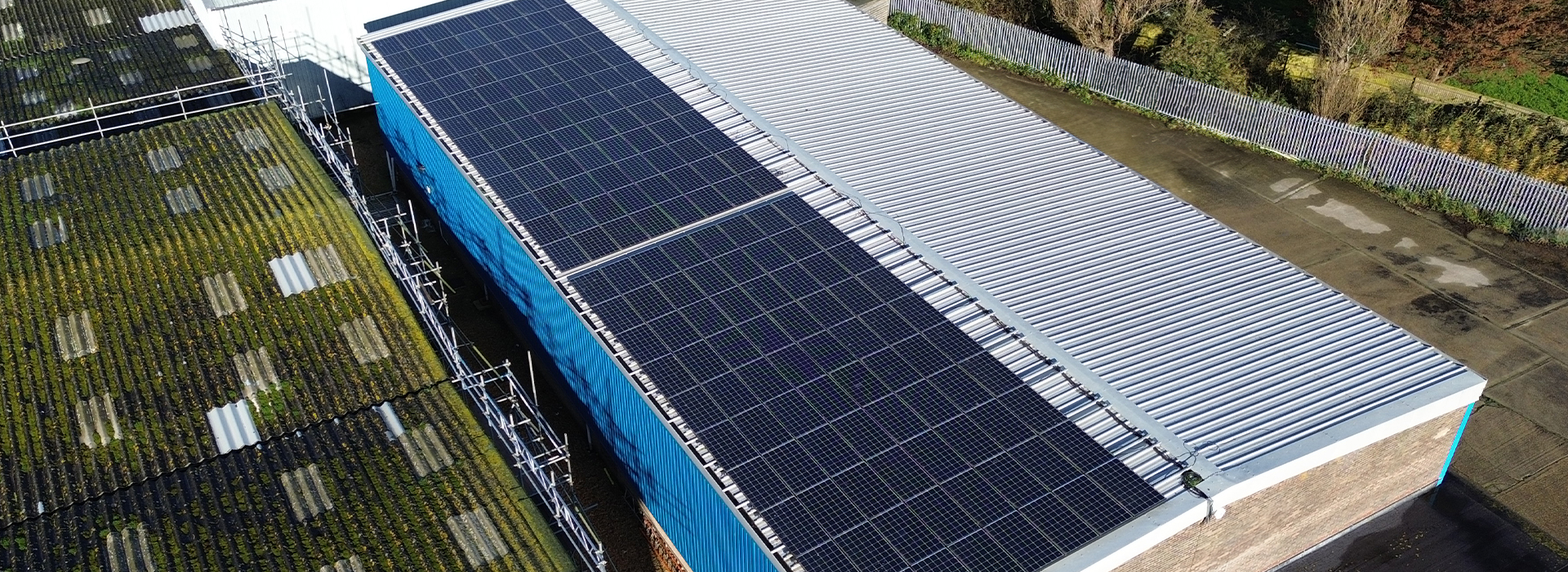Roof fall hazards present significant risks in industrial and commercial environments across the UK. From warehouses to office buildings, these hazards can result in serious injuries and fatalities if not properly managed. In this article, we’ll explore the various types of common roof fall hazards and highlight the importance of seeking professional advice to mitigate these risks effectively.
Types of Common Roof Fall Hazards
Unprotected Edges and Openings
Unprotected edges and openings on roofs pose a significant fall hazard, especially during maintenance or repair work. Workers may accidentally step off the edge or through an unguarded opening, leading to severe injuries or fatalities.
Fragile Roof Materials
Roofs made of fragile materials such as asbestos or glass present a considerable risk to workers. Accidental contact or weight-bearing on these materials can result in falls through the roof, causing serious injuries.
Poorly Maintained Surfaces
Roofs that are poorly maintained, with loose debris or damaged surfaces, increase the risk of slips, trips, and falls. Accumulated debris can obscure hazards and make it challenging for workers to navigate safely.
Weather-Related Hazards
Adverse weather conditions such as rain, snow, or high winds can exacerbate roof fall hazards. Slippery surfaces and reduced visibility due to weather can increase the likelihood of accidents and injuries.
Improper Ladder Use
Improper use of ladders when accessing roofs is a common cause of fall-related accidents. Workers may not secure the ladder properly or overreach while climbing, leading to falls from height.
Statistics on Roof Fall Accidents
According to recent data from the Health and Safety Executive (HSE), falls from height remain a leading cause of workplace fatalities in the UK. Roof-related incidents account for a significant portion of these accidents, highlighting the urgent need for preventive measures.
Legal Requirements and Regulations
Employers in the UK are legally obligated to ensure the health and safety of their employees, including those working at height. The HSE provides specific guidelines for managing roof fall hazards, including conducting risk assessments and implementing appropriate control measures.
The Importance of Professional Advice
Given the complexity of roof fall hazards and the diverse nature of industrial and commercial roofs, seeking professional advice is paramount. Safety professionals possess the expertise and experience to identify potential hazards and recommend tailored solutions to mitigate risks effectively.
Risk Assessment and Prevention Strategies
Professional advisors conduct comprehensive risk assessments to identify potential roof fall hazards and assess their severity. Based on the findings, they develop customised prevention strategies, which may include installing guardrails, providing personal protective equipment (PPE), or implementing safe access systems.
Benefits of Hiring Professionals
Investing in professional roof safety advice offers numerous benefits for businesses. By reducing the incidence of roof-related accidents, companies can protect their employees from harm, avoid costly litigation, and maintain productivity levels.
Employee Training and Involvement
Engaging employees in roof safety efforts is crucial for creating a culture of safety in the workplace. Training programs that educate workers on recognising roof fall hazards and using safety equipment effectively empower them to take proactive measures to protect themselves and their colleagues.
Collaboration with Safety Experts
Building collaborative relationships with safety experts fosters a proactive approach to roof safety. By partnering with knowledgeable professionals, businesses can access specialised expertise and resources to address unique roof fall hazards effectively.
Conclusion
In conclusion, addressing common roof fall hazards requires proactive measures and expert guidance. By seeking professional advice, businesses can mitigate risks effectively, protect their employees, and uphold their legal obligations. Investing in roof safety is not only a matter of compliance but also a strategic decision that yields long-term benefits in terms of safety, productivity, and reputation.



